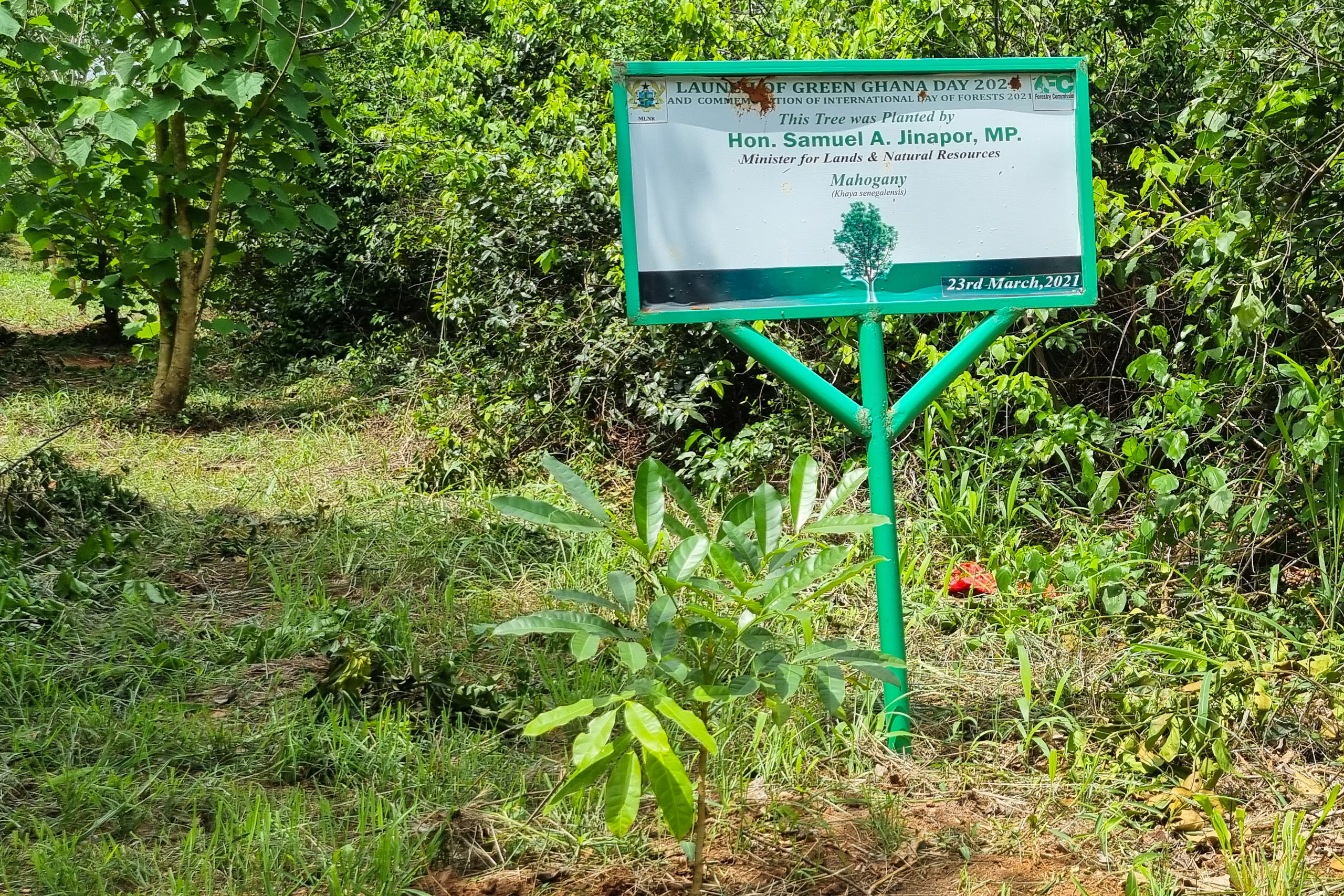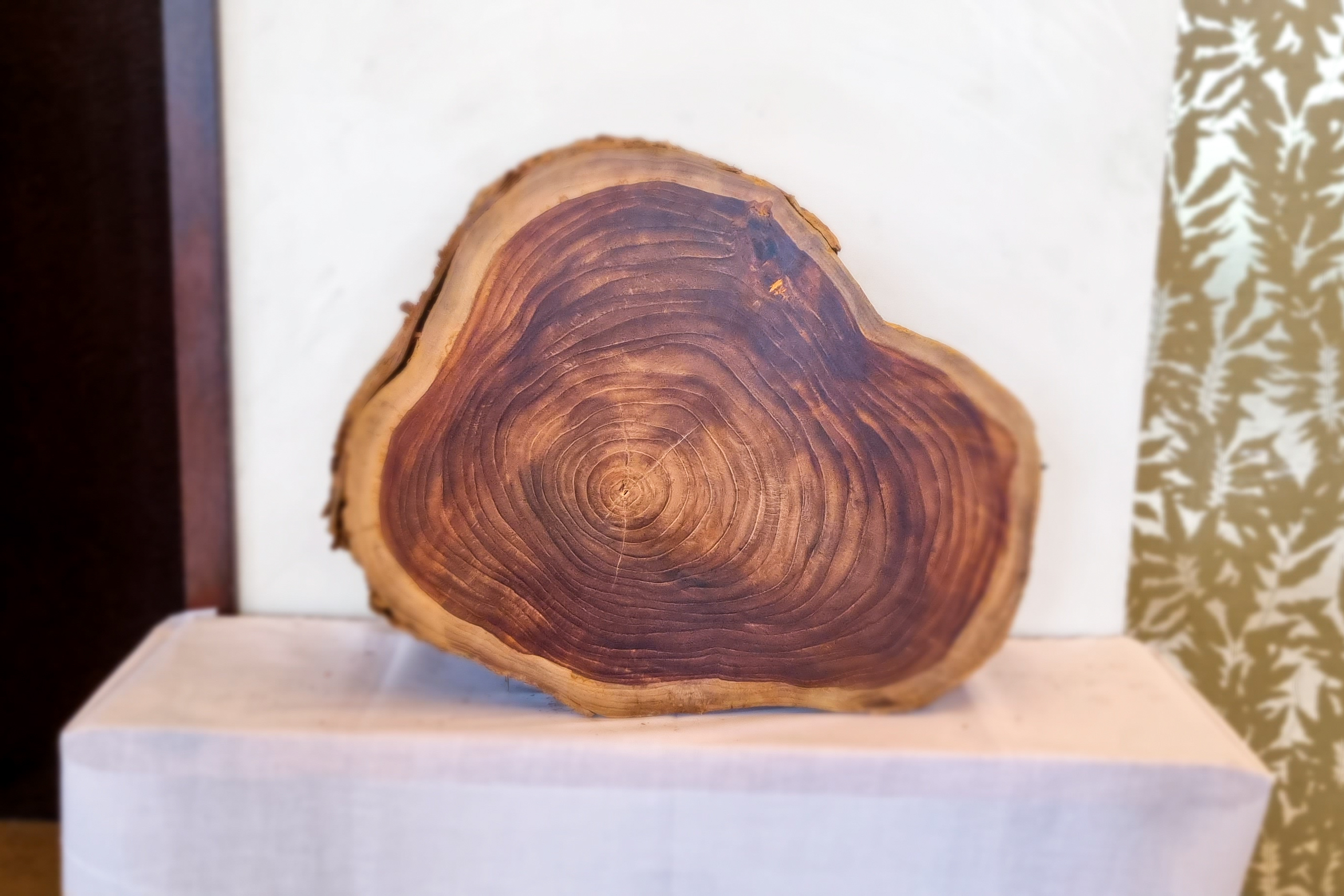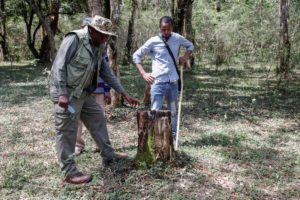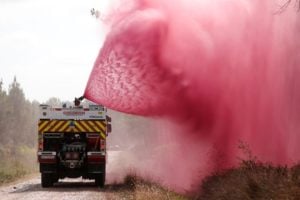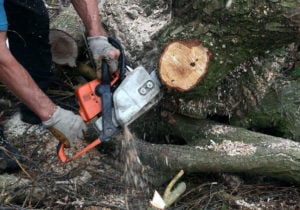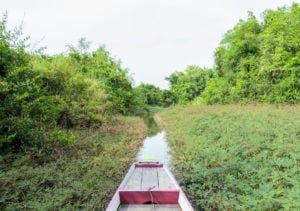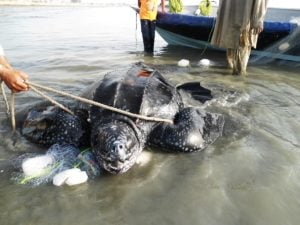In 2016, Ghana pledged to restore 2 million hectares (ha) of deforested and degraded land by 2030.
It is now a third of the way there, having put 628,000 ha under restoration, according to a report by the IUCN (International Union for Conservation of Nature) based on government data.
These efforts have apparently led to the sequestration of over 30 million tonnes of CO2 – roughly the amount emitted by New Zealand each year.
Though, of course, trees are being cut as well as planted. According to Global Forest Watch, between 2000 and 2020 Ghana in fact experienced a net tree cover loss of 573,000 ha.
“This is the product of years of degradation, deforestation, ineffective afforestation and inaction,” Ghana’s minister of land and natural resources, Samuel Abdulai Jinapor, commented in 2021.
Moreover, conservationists have raised questions over the kinds of trees being planted, suggesting the emphasis on non-native hardwood species like teak will damage local biodiversity.
The Bonn Challenge
In 2011, the German government and the IUCN established the Bonn Challenge, to bring 150 million ha of global land under restoration by 2020. In 2014, the New York Declaration on Forests endorsed and expanded on this aim, raising the commitment to 350 million ha by 2030.
The challenge works with nations, organisations and private entities to restore deforested and degraded lands in alignment with the UN conventions on climate, biodiversity and desertification, as well as the Sustainable Development Goals.
To date, 61 nations have pledged support for the challenge, which includes additional regional platforms like Initiative 20×20, in Latin America, and the African Forest Landscape Restoration Initiative (AFR100).
In 2015, Ghana pledged to restore 1 million ha of lost forest cover by 2030. Then, at the Bonn Challenge ministerial roundtable in Rwanda in 2016, it revised that to 2 million ha by 2030.
That same year, the government published a blueprint for reforestation up to 2040, known as the Ghana Forest Plantation Strategy (GFPS), which it began implementing in 2017.
The reforestation drive
Ghana’s reforestation efforts have three strands: “forest plantation”, “enrichment” and “trees on farms”. Forest plantation refers to planting saplings on forest reserves with a view to sustainably harvesting the timber. Enrichment means restoring lost biodiversity by planting trees in existing forests that have been degraded, or planting in areas that originally had no trees. Finally, “trees on farms” is an agroforestry scheme in which farmers plant trees on their own land.
This last strand has formed the bulk of Ghana’s tree-planting efforts since 2017, contributing 520,100 ha of the land put under restoration between 2017 and 2021, according to the nation’s Forestry Commission. Meanwhile, forest plantation accounted for 91,000 ha and enrichment 22,000 ha.
The GFPS establishes a yearly aim of 25,000 ha of new forest plantation. This is being implemented across the country through 15 programmes both inside and outside forest reserves.
The most common exotic tree species being planted are teak, cedrela, eucalyptus and gmelina. However, some indigenous species are also planted such as the limba, African rosewood and African mahogany.
“The degraded areas within reserves are given to farmers to plant trees, and when the trees are mature for harvesting, the farmers receive 40% of their value,” explains Kwame Agyei, regional manager of Ghana’s Forestry Commission. “The government receives 40%, landowners 15%, and the community 5%. Farmers are permitted to plant food crops on the same ground within the first three years.”
Enrichment planting seeks to increase the population density of existing tree species or increase species richness in a degraded forest. The species planted include African mahogany, ofram, emire, black hyedua, afrormosia, oprono, baku and wawa.
Under the trees on farms component, the Forestry Commission seeks to implement an agroforestry plantation strategy in which farmers plant indigenous trees, in part to preserve soil health.
In the view of the Forestry Commission, Ghana’s reforestation initiative has provided a major boost to employment, generating 98,762 jobs in 2019, 75,379 jobs in 2020, and 80,378 in 2021.
Targets are being met, but is the environment benefitting?
The plantation strategy has encountered criticism, including over the inclusion of too many non-native trees. According to Samuel A. Jinapor, minister of lands and natural resources, over 5 million of the 26 million seedlings distributed on 10 June, during the 2022 edition of Green Ghana Day, were teak.
Many of the trees planted for horticulture in Ghana decades ago were non-natives brought in by the colonial authorities. According to experts, these species are not supportive to biodiversity.
“If you add a non-native tree, such as teak, its blossoms and fruits will not provide food for our natural biodiversity, which includes insects and birds. That is why it is critical to plant native species,” said Daryl Bosu, deputy national director of the NGO A Rocha Ghana.
The IUCN and A Rocha both recommend against planting invasive and non-native trees in forest reserves.
“We must be very clear about which portions of the land should and should not be planted with teak… There is no [place] for invasive species in our natural protected forest reserves. We could have used a mahogany tree, which is native to Ghana and grows quickly, to provide wood cover. There is no danger of it spreading quickly, and native animals eat its fruits,” Bosu concludes.
The reason for planting exotic species like teak is economics – they tend to mature faster and can often be sold for more.
Others would like to see more work done to set the groundwork for planting indigenous species.
“We need to investigate how we may minimise the gestational period of some indigenous tree species” Saadia Owusu-Amofah says. “I know there is a lot of study going on how we might shorten the maturation period of shea.”
The quality of seeds and seedlings is also an area of concern.
“Many seedlings perish because the quality is poor,” says Dr Shalom Addo-Danso, an ecologist at the Forestry Research Institute of Ghana. “There is a national seedlings centre that produces seeds and seedlings, but because so many organisations are engaged, the quality and source of the seeds cannot be guaranteed.”
Lastly, forest fires threaten the achievements of Ghana’s reforestation initiative. According to the Forestry Commission’s annual report in 2021, fires destroyed about 9,200 ha of plantation within forest reserves.
“We decided to involve communities in operations to mitigate and adapt to climate change. The communities learn how to avoid and manage fires,” Bosu tells China Dialogue.
Ghana has a scarcity of biodiversity data. “There is a lot going on… but it appears that individuals are not investing in measuring the biodiversity impact of the restoration,” Owusu-Amofah reveals.
“The IUCN is attempting to bridge that gap in the countries where we work by offering assistance and analysing the biodiversity impact of restoration,” she adds.



